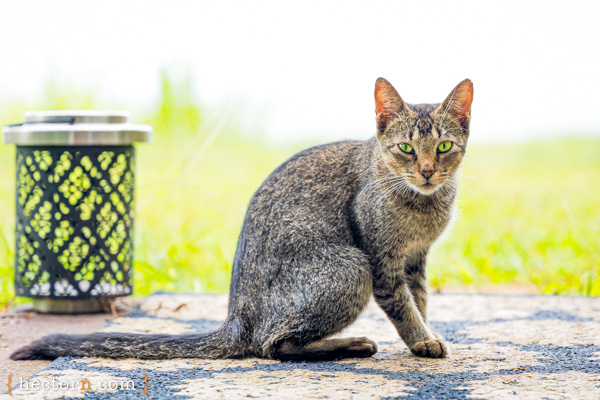For many cat owners, the image of their feline companion basking in the sun or stalking a butterfly in the backyard is idyllic. However, the reality is that allowing your indoor cat to roam freely outdoors exposes them to a multitude of dangers. While the idea of an independent hunter may be romanticized, the truth is that life outside presents significant risks for a domesticated cat.
Threats to Health and Safety
Unrestricted outdoor access for indoor cats comes with a variety of health and safety concerns, including:- Traffic Accidents: Cars are a leading cause of death and serious injuries for roaming cats. A momentary lapse in attention can lead to a heartbreaking tragedy.
- Animal Encounters: Stray and feral cats can be territorial and aggressive. Fights can result in severe injuries, infections, and exposure to contagious diseases.
- Poisoning: Outdoor cats are more likely to ingest harmful substances like antifreeze or pesticides, which can be fatal. Also, some people don’t like cats roaming around their home and may put out poison deliberately.
- Parasites: Fleas, ticks, and other external parasites are more prevalent in outdoor environments. These pests can transmit diseases and cause discomfort or even death to your cat.
- Predators: Depending on your location, your cat could become prey to coyotes, foxes, raptors, or other animals.
Impact on the Community Cat Population
Beyond the immediate risks to your own pet, allowing your cat to roam freely can contribute to the problem of feline overpopulation. Unspayed females who roam can have unplanned litters, adding to the number of homeless animals.
Safe Alternatives for Indoor Cats
Fortunately, there are enriching alternatives that allow your cat to experience the outdoors without compromising their safety:
- Create an Indoor Oasis: Provide scratching posts, interactive toys, climbing structures, and perches to stimulate your cat's natural instincts.
- Leash Training: Train your cat to walk on a leash and harness. This allows supervised exploration of the outdoors in a controlled environment.
- Interact with your cat: Playing and interacting with your cat not only strenghtens the bond between you, but helps keep the house entertained, active and happy.
- Catio Construction: Consider building a catio, a secure outdoor enclosure attached to your home. This allows your cat to enjoy fresh air and sunlight without the dangers of roaming free.
Keeping Your Cat Safe Comes First
The allure of an independent cat may be strong, but remember that your domesticated pet is not equipped to handle the dangers of the outside world. Keeping your cat indoors or in a safe enclosure is the best way to ensure their long-term health, safety, and well-being. Embrace the joy of your feline companion by providing a loving and controlled environment where they can thrive.

